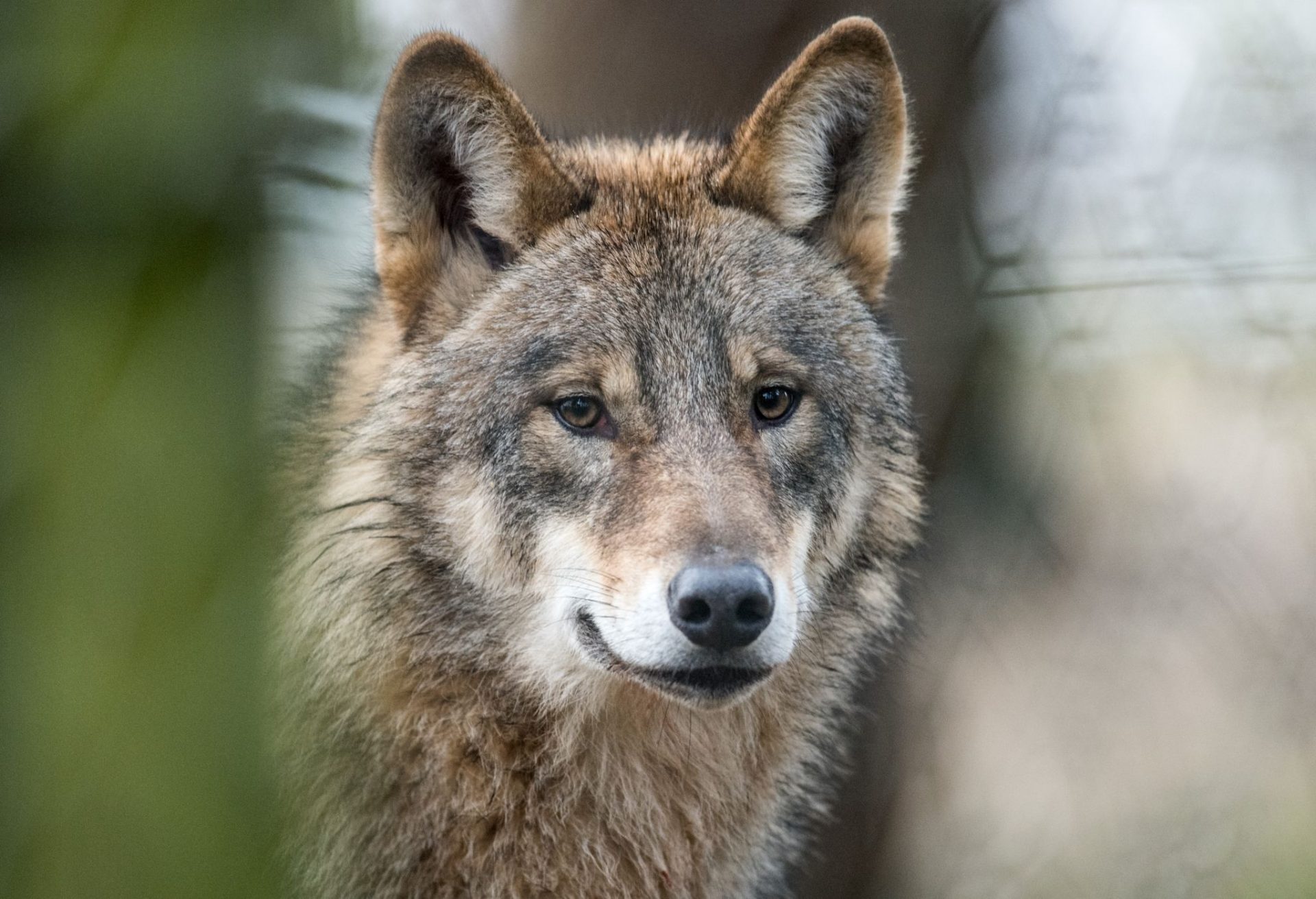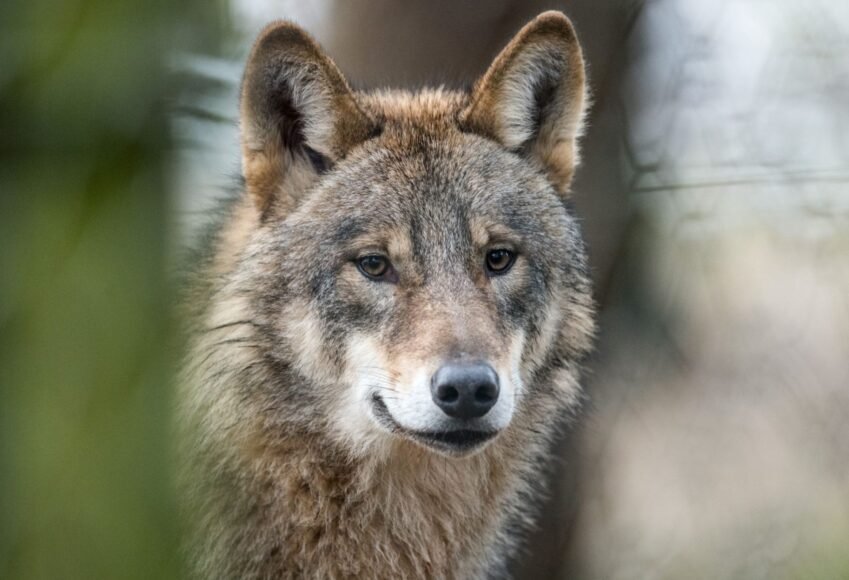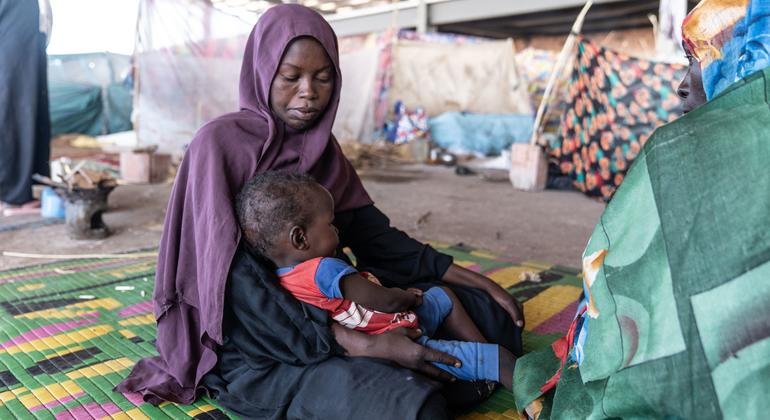
Prague – Over 75 non-governmental organizations from across Europe, including the Czech Hnutí Duha Šelmy, have urged the rejection of the EU’s proposed reduction in protection for gray wolves. In an open letter sent to EU member states’ governments, national parliament members, and the media, the organizations argue that the EU’s initiative lacks both scientific and legal justification and may be overturned in court. Hnutí Duha made this announcement in a press release today.
The letter’s signatories are calling on member states to refrain from any legislative modifications until a judicial review of the wolf protection reduction proposal is concluded at the Court of Justice of the EU. “Premature legislative changes could jeopardize already vulnerable wolf populations and expose states to legal repercussions,” the organizations warn.
The letter also highlights that many wolf populations in Europe are still scientifically classified as vulnerable, endangered, or critically endangered. It emphasizes that EU law does not permit political or socio-economic reasons as valid justifications for diminished species protection. Additionally, member states are entitled, and sometimes required, to enforce stricter protection measures than those established at the EU level, particularly when in accordance with the latest scientific knowledge.
Under current regulations, states have 18 months to amend their legislation, although compliance is not mandatory. “Member states can entirely reject the decision to lessen protection. Countries such as the Czech Republic, Belgium, Poland, and Portugal have already expressed their intent to uphold strict protection measures.
“We supported this open letter because we believe maintaining robust wolf protection is essential for conservation, legal certainty, and our responsibility to future generations,” stated Hnutí Duha Šelmy. According to selmy.cz, the wolf population in the Czech Republic was estimated at about 70 individuals at the start of 2019, residing in 18 territories, mostly in border regions, comprising 13 packs of four to six wolves each. (August 5)













Leave a Reply